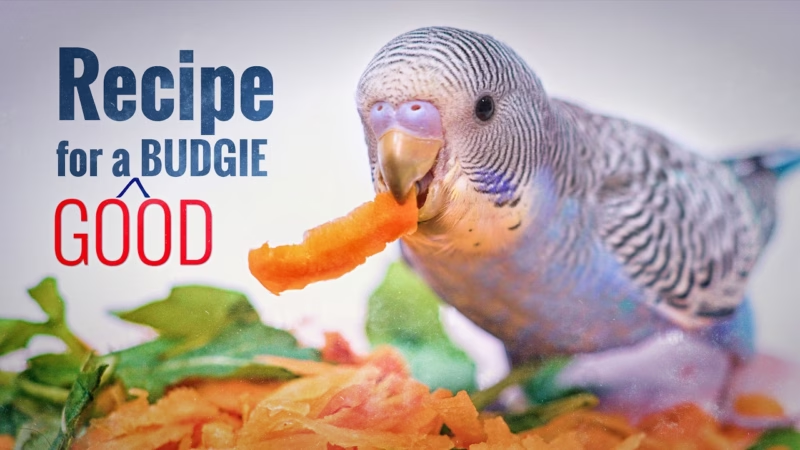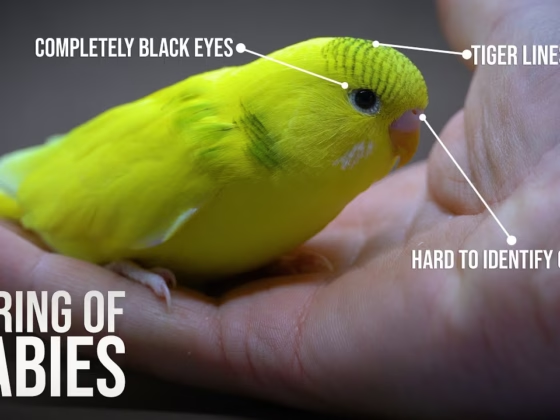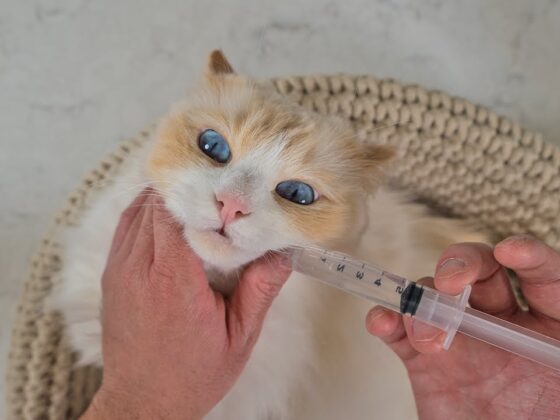Are you dreaming of welcoming a tiny, chirpy bundle of joy into your home, but feel overwhelmed by all the care budgies need? Or perhaps you’re a current budgie parent looking to deepen your understanding and ensure your feathered friend lives its happiest, healthiest life?
This comprehensive guide from Petiance is your go-to resource for mastering budgie care. You’ll learn everything from selecting the perfect companion to creating an enriching environment, ensuring proper nutrition, and understanding their unique behaviors. Get ready to transform your budgie’s world and build an incredible bond!
Choosing Your Perfect Budgie Companion
Bringing a budgie home is exciting! To ensure a smooth start, consider a few factors:
- Color: Budgies come in a dazzling array of colors—green, blue, yellow, white, and more. While aesthetics play a role in your choice, remember that color doesn’t impact personality or health.
- Gender: Male budgies are generally more vocal and can mimic sounds, making them great for first-time owners. Females are often quieter and more independent. Males usually have a bright blue cere (the fleshy area above the beak), while females have a brown or beige cere, especially when breeding.
- Age: Young budgies (under 6 months) are highly adaptable and easier to train, ideal for new owners. Older budgies (1-3 years) have established personalities, which can help you gauge their behavior beforehand.
The Benefits of Getting a Pair
Budgies are incredibly social creatures and truly thrive with companionship. Having two budgies can significantly enhance their quality of life. They will engage in social behaviors, reduce loneliness, provide mental stimulation, and even learn from each other, leading to happier, healthier birds.
Assessing Your Budgie’s Health at the Pet Store
When selecting your budgie, health is paramount. Look for an active, bright-eyed bird that shows curiosity and engagement. Here are key signs of a healthy budgie:
- Feather Condition: Smooth, well-groomed feathers, no bald patches or excessive molting.
- Eyes and Cere: Bright, clear eyes with no discharge. The cere should be smooth and appropriately colored (blue for males, brown for females).
- Breathing: Calm and regular, without labored breathing or wheezing.
- Droppings: Firm, a mix of green and white.
Warning Signs of Illness
Avoid birds that appear lethargic or show signs like nasal discharge, excessive coughing or sneezing, or a loss of appetite. These can indicate serious health issues. Remember, a “calm fluffy budgie” that spends excessive time on the bottom of the cage could be a sign of serious illness, requiring immediate veterinary attention.
Adopting a Sick Budgie: A Caring Choice
If you find a budgie in need and are prepared for the commitment, adopting a sick bird can be incredibly rewarding. Be ready to consult an avian veterinarian immediately for diagnosis and a treatment plan.
Creating the Ideal Budgie Home: Cage Setup
Your budgie’s cage is their sanctuary. It needs to be spacious enough for flight and exercise to ensure their physical and mental well-being.
Cage Selection and Design
- Material: Opt for durable metal, preferably stainless steel, which is long-lasting and non-toxic. Metal dishes are also ideal for food and water as they are easy to clean and resist bacteria.
- Dimensions: Prioritize width over height, as budgies fly horizontally. Avoid round cages, which can hinder natural movement.
- Avoid Painted Bars: Budgies chew, and ingesting paint can be harmful.
Perches and Accessories
Provide wooden perches at different heights, ideally natural wood branches like apple or pear. These help wear down nails and offer varied grip textures. Include water and food dishes, and plenty of interactive toys like swings, bells, and shreddable items to prevent boredom and encourage exploration. Regularly changing toy positions keeps things exciting!
Cleanliness and Maintenance
Budgies can be messy, but their droppings aren’t smelly. A cage with a bottom tray simplifies cleanup. Regular cleaning of the cage, perches, and dishes is vital to prevent bacteria buildup and maintain a healthy environment.
Nurturing Your Budgie: Diet Essentials
Diet is crucial for your budgie’s overall health.
Essential Supplements
A cuddle bone and mineral block are essential for calcium and other minerals. During molting (shedding feathers, usually twice a year), liquid minerals and vitamins can further support their nutritional needs.
Foods to Avoid
Never give your budgie avocado or chocolate. Even small amounts are highly toxic and can lead to serious health issues. Always prioritize safe options for treats.
Enriching Your Budgie’s Life: Interaction & Environment
Your Budgie’s First Week at Home
Place their cage in a quiet living room area, away from drafts, where they can observe everything. Allow them to acclimate for about a week without major interactions. Ensure daily water changes and regular cage cleanups. After a week, start building trust by offering treats like millet bars from your hand. During this initial period, closely monitor their behavior for any signs of illness.
Related Petiance Articles You May Like
Your Budgie Journey Begins!
With patience, care, and love, your budgie will become a cherished member of your family, bringing years of joy and companionship. The bond you build through these mindful care practices will lay the foundation for a happy, healthy relationship. Ready to create a thriving environment for your feathered friend? Share your budgie care tips in the comments below!







